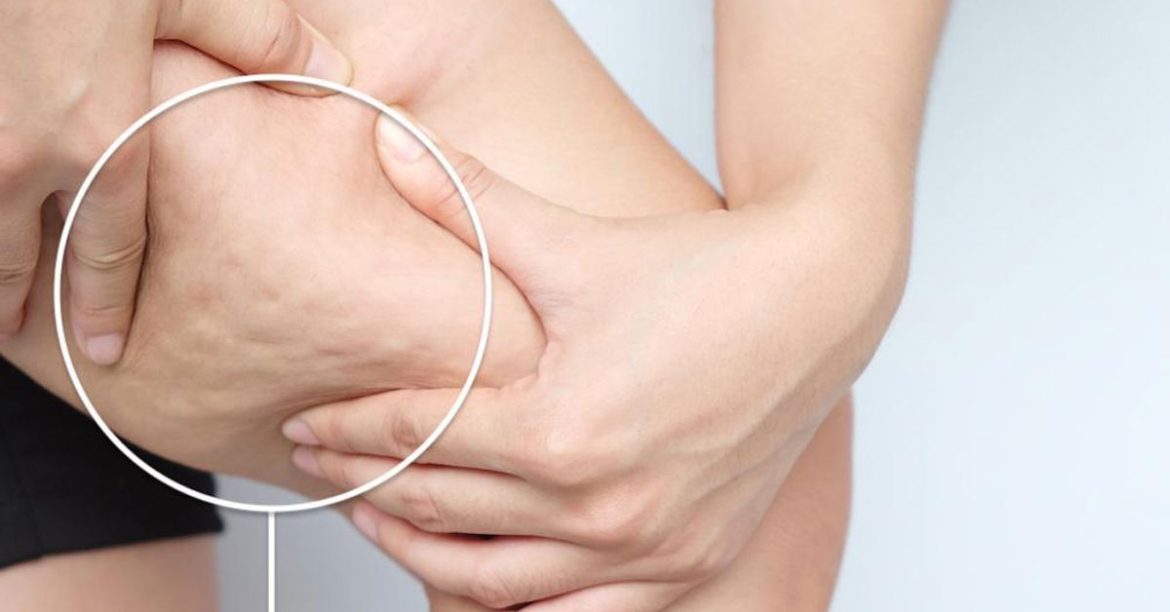Cellulite is a condition where the skin appears dimpled or lumpy, often compared to the texture of an orange peel.
It occurs when fat deposits push through the connective tissue beneath the skin, typically in areas like the thighs, hips, buttocks, and abdomen.
Despite common misconceptions, cellulite is not an indicator of poor health or excess weight. It is a natural occurrence that affects up to 90% of women at some point in their lives, regardless of body type, size, or fitness level.
While there have been talks around this condition for a while, the conversation kickstarted once again at the Paris Olympics 2024 with Olympian Ilona Maher, who shouldn’t be talking about her body or merit, but of course, a shut-up call had to be given to tools and social media.
View this post on Instagram
Also Read:
5 Blood Boosting Desserts to Eat Before Your Periods
The Science Behind Cellulite
Various factors, including genetics, hormones, and lifestyle influence cellulite. Estrogen, insulin, and thyroid hormones are thought to play a role in its development. Additionally, the structure of women’s connective tissue and fat distribution is different from men’s, making women more prone to developing cellulite. While many people associate cellulite with being overweight, even lean and fit women can have it, as it’s more about skin structure and biology than body fat alone.
The Stigma Surrounding Cellulite
For decades, cellulite has been stigmatized, largely due to unrealistic beauty standards perpetuated by the media. Airbrushed images of women with perfectly smooth skin have created a narrow definition of beauty, leading many to view cellulite as a flaw or imperfection. This perception has been reinforced by the beauty and wellness industries, which have marketed countless products and treatments aimed at “reducing” or “eliminating” cellulite, often with little scientific backing.
Women Breaking the Stereotype
In recent years, a powerful shift has begun as more women embrace their natural bodies and challenge conventional beauty standards. Social media has played a crucial role in this movement, with influencers, celebrities, and everyday women sharing unfiltered, authentic images of themselves, and cellulite. By doing so, they are reclaiming their bodies and sending a strong message: cellulite is normal, and it does not define one’s beauty or worth.
Celebrities like Ashley Graham, Chrissy Teigen, and Iskra Lawrence have openly discussed their cellulite, helping to destigmatize the condition. Brands and fashion lines are also starting to embrace diversity in their campaigns, featuring models of different shapes, sizes, and skin textures. This inclusivity is slowly but surely redefining what is considered beautiful.
The Impact of Body Positivity
The body positivity movement has empowered many women to feel confident and comfortable in their skin, regardless of societal expectations. This movement encourages self-acceptance and challenges the idea that beauty is a one-size-fits-all concept. By normalizing cellulite and other natural body features, women are collectively rejecting the pressure to conform to narrow beauty ideals.
It is NORMAL, women with cellulite are BEAUTIFUL, and it DOES NOT DEFINE who you are.
Stay tuned to WOW360.
